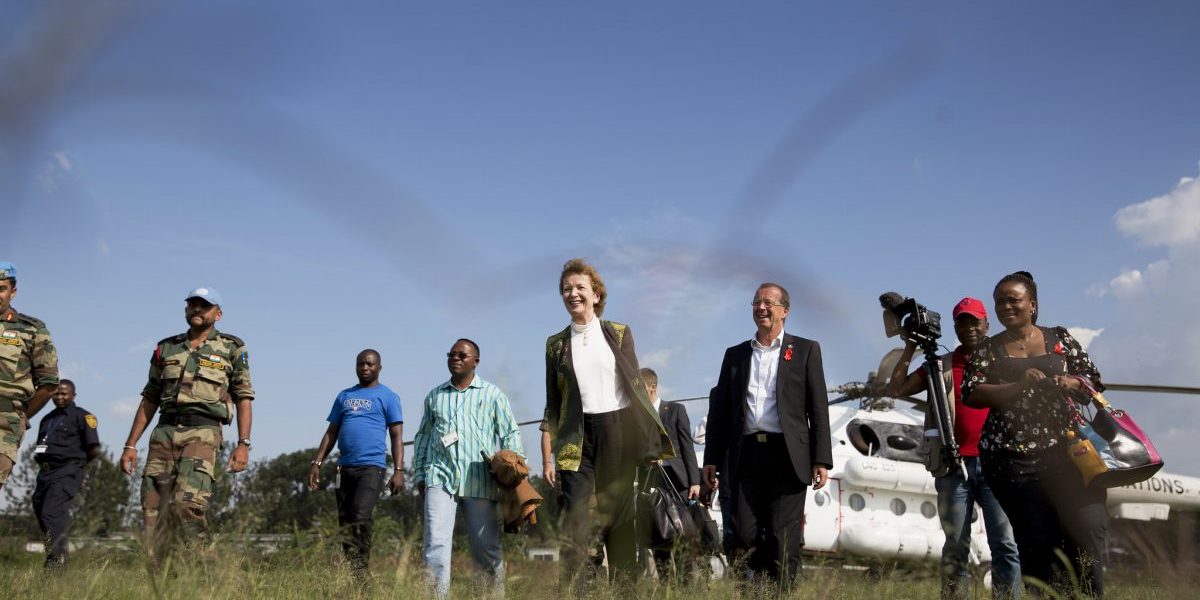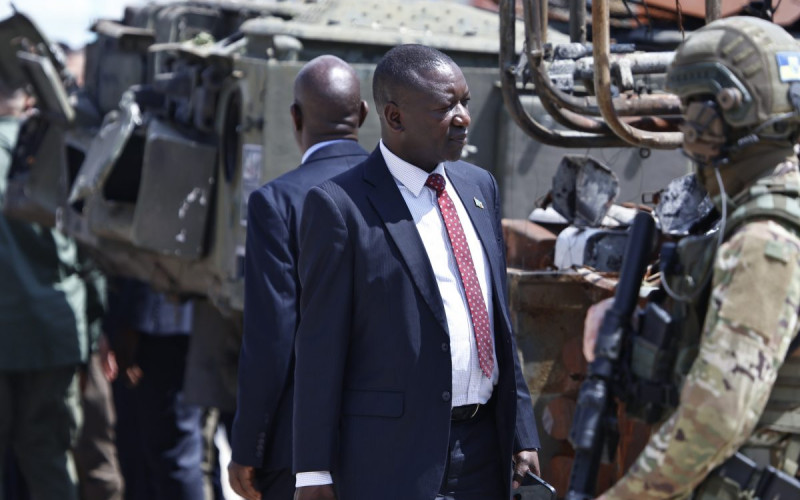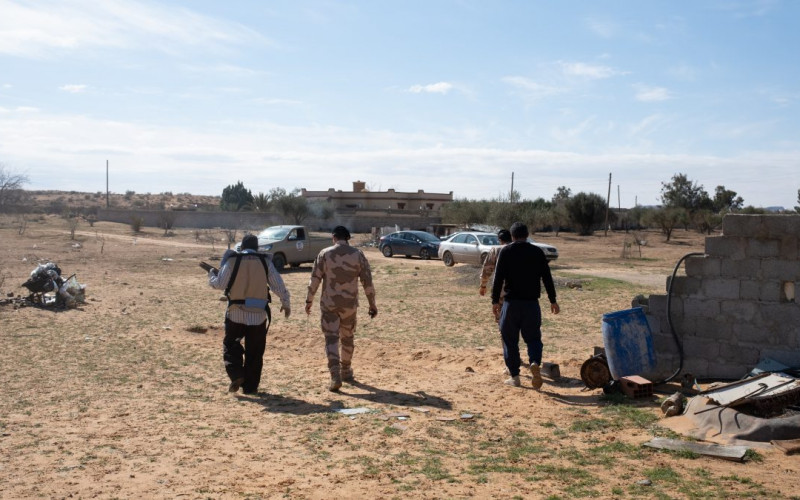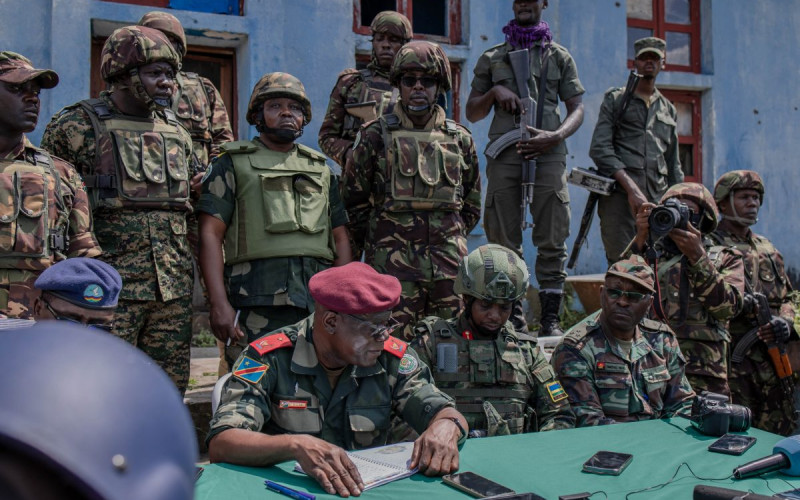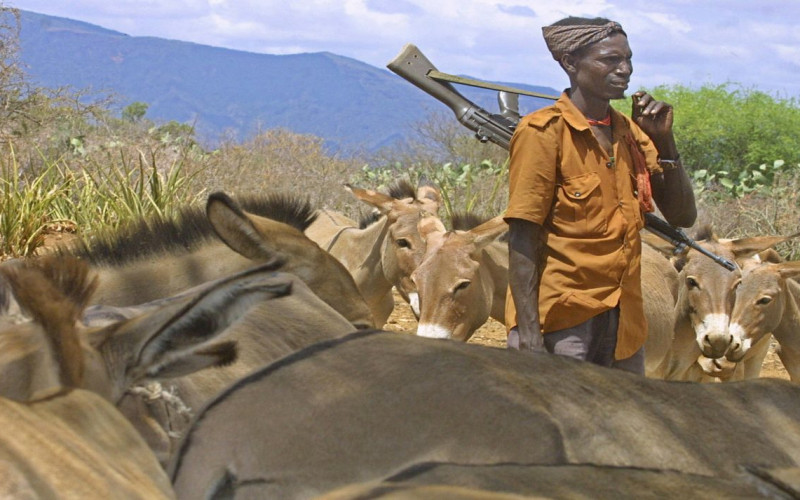The signatories to the agreement were South Africa, Angola, Burundi, Congo-Brazzaville, the Central African Republic (CAR), the DRC, Kenya, Uganda, Rwanda, South Sudan and Zambia. A previous agreement – the Lusaka Ceasefire Agreement – had been signed 12 years earlier in Zambia. These two peace agreements reflect the balance of regional power. They illustrate the competition between neighbouring countries to the east of the DRC and those to its south, based on the shift in economic power to Katanga province from North and South Kivu.

